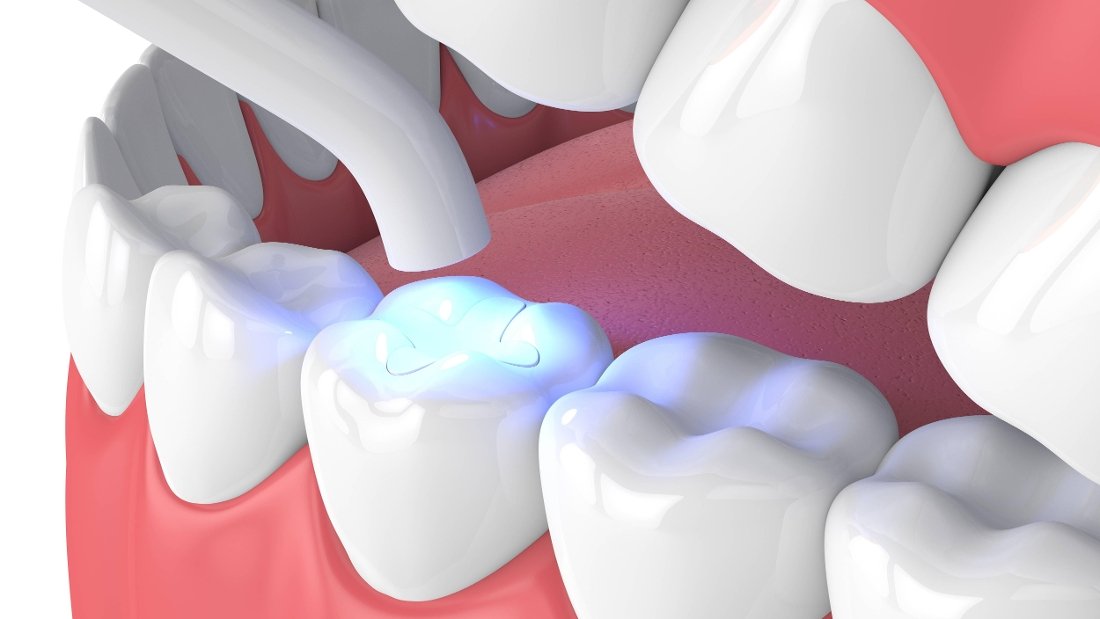Nitrous Oxide
Nitrous Oxide, also called “laughing gas” is breathed in through a nose piece. Your dentist will monitor your levels and adjust as needed throughout the procedure. When your treatment is complete, they will use oxygen to rid your system of the Nitrous Oxide.
Oral Conscious Sedation Dentistry
We offer oral conscious sedation dentistry. Your dentist will prescribe you sedation medication. You will be instructed to take the medication about an hour before your procedure. You will remain conscious throughout the procedure.
Tooth Extraction & Emergency Dentistry
A dental extraction is the removal of teeth from the dental alveolus (socket) in the alveolar bone. Extractions are performed for a wide variety of reasons, but most commonly to remove teeth which have become non-restorable through tooth decay, periodontal disease, or dental trauma, especially when they are associated with toothache.
Learn more about extractions here
We offer same-day emergency appointments and accept walk-ins! Contact Us to learn more
Root Canals
A root canal is performed when the dentist removes the infected pulp and nerve in the root of the tooth, cleans and shapes the inside of the root canal, then fills and seals the space. Afterward, your dentist will place a crown on the tooth to protect and restore it to its original function.
Restorative Dentistry:
Crowns, Bridges, and Implants
Same-Day Crowns: Using CEREC technology we are able to create and deliver your crown same-day, no need for another appointment!
Crowns and Bridges: Dental crowns are tooth-shaped “caps” that can be placed over your tooth. Think of it like a snug hat for your tooth. The crown restores the tooth's shape, size, strength and appearance. The dental crown is cemented into place on your tooth and it covers the visible portion of the tooth.
Learn more about dental crowns here
Learn more about dental bridges here
Implants: A dental implant is a metal post that replaces the root portion of a missing tooth. An artificial tooth (crown) is placed on an extension of the post (abutment) on the dental implant, giving you the look of a real tooth.
Wondering about the cost of dental implants? Call our office to learn more about our payment plan options today!
Fillings
A filling is a way to restore a tooth damaged by decay back to its normal function and shape. When you get a filling from the dentist, they will firstly remove any decayed tooth material, clean the affected area and fill it with a filling material.
Cosmetic Dentistry:
Tooth Whitening, Porcelain Veneers,
and Composite Fillings
Dental veneers are artificial tooth-colored shells that are fitted over the front of a damaged tooth. In most cases, veneers are used to restore the natural appearance, size, shape, and color of a chipped, misshaped, or discolored tooth. They are frequently used in smile makeovers in cosmetic dentistry.
Invisalign® Clear Aligners
Invisalign® Clear Aligner treatment is the process of wearing a series of clear, removable aligners that gradually straighten your teeth. No brackets and wires, and none of the restrictions that come with metal braces!
Are Invisalign® aligners right for you? Click here to learn more
Invisalign®, the Invisalign logo, and Itero®, among others, are trademarks and/or service marks of Align Technology, Inc. or one of its subsidiaries or affiliated companies and may be registered in the U.S. and/or other countries.
Dentures
Dentures are artificial teeth and gums that are formed to your mouth and created by your dentists to replace lost or removed natural teeth. Dentures can either be full or partial, meaning they can either replace all teeth on either the top or bottom gum line, or just a few that are missing.
Cleanings
Teeth cleaning (also known as prophylaxis) is a procedure for the removal of tartar (mineralized plaque) that may develop even with careful brushing and flossing, especially in areas that are difficult to reach in routine toothbrushing.
Periodontal Therapy
Scaling and root planing (deep cleaning) is a restorative dental procedure involving the removal of plaque and calculus (tartar) stuck above and below the gum line. The procedure is necessary after a patient's gums, bones, and surrounding tissues become damaged due to periodontal disease (periodontitis).











